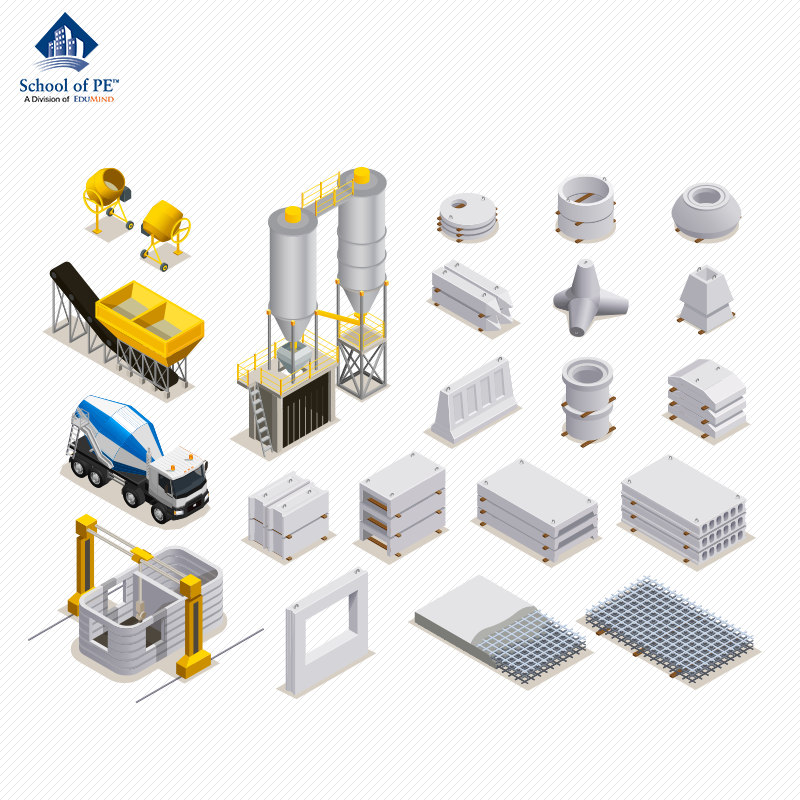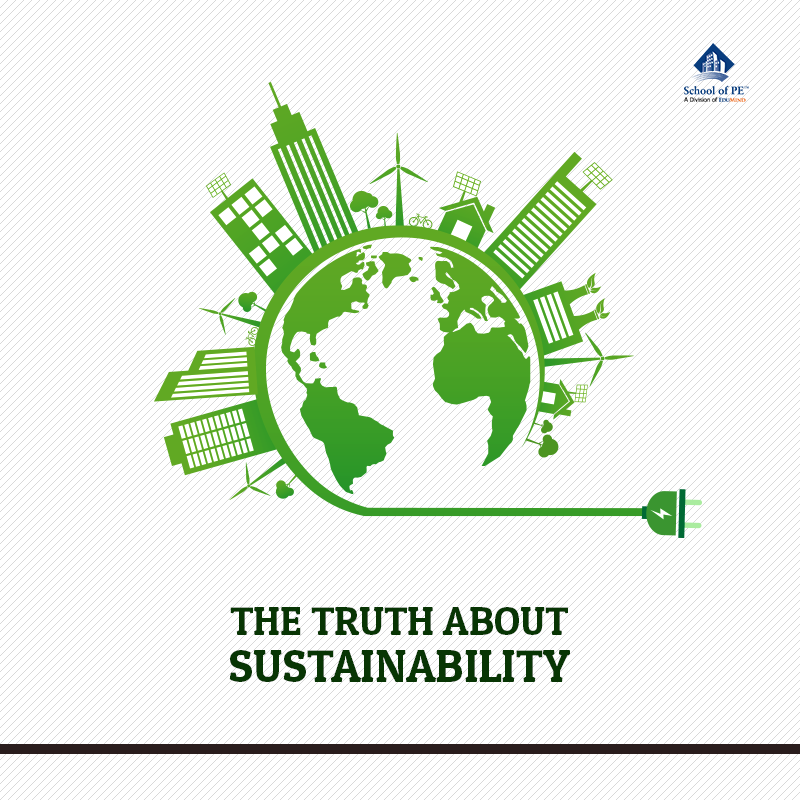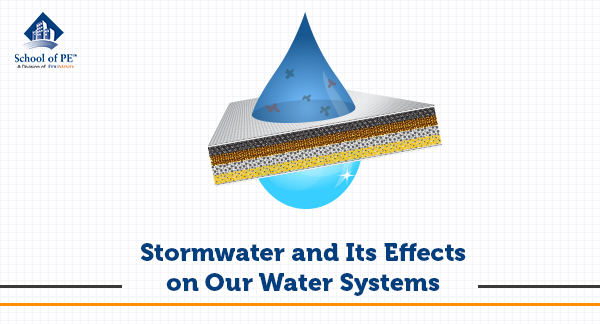Concrete is composed of Portland cement, water, and coarse and fine aggregates. Chemical admixtures are added to the mix immediately before or during placement. These are used primarily to reduce cost during construction, modify the properties of hardened concrete, and/or ensure quality during mixing, transporting, placing, and curing. Admixtures can enhance the durability, workability, and/or strength characteristics of concrete. They are also used to overcome specific environmental obstacles, such as cold weather or hot weather placement, along with specific early strength requirements.
Most admixtures are ready-to-use liquids that must be batched to suit a specific application and function. Admixtures must be compatible with the cementitious material, job specifications, project costs, and construction practices. Their effectiveness is dependent on the type and amount of cement, water content, mixing time, slump, and temperature. Admixtures are categorized by five specific classes: air-entraining, water-reducing, retarding, accelerating, and superplasticizers.
Air-entraining admixtures are used to produce microscopic air bubbles when concrete is mixed. The air bubbles act as a physical buffer against cracking and improve the concrete’s resistance to freeze/thaw damage. Air-entrainment can also improve workability and reduce bleeding and segregation. Typically, air-entraining admixtures are added to concrete that is exposed to the environment (such as parking lots). The normal air content of concrete is between 4% and 7% of the concrete volume. Air-entrainment admixtures should meet the requirements of ASTM C260.
Water-reducing admixtures are used to reduce the water content by 5-10% to obtain specific strength in concrete using a low cement content. This results in a lower water-to-cement ratio, a desired slump, lower CO2 emissions, and energy usage per volume of concrete produced. These admixtures disperse the cement particles and make cement use more efficient. Some applications of concrete with water-reducing admixtures are bridge decks, low-slump overlays, and patching. Water-reducing admixtures should meet the requirements of ASTM C 494.
Retarding admixtures are used to slow the setting time of concrete and are typically used to counteract the effects of placement during hot weather. Higher temperatures tend to make concrete set faster, which makes placing and finishing difficult. Retarding admixtures keep concrete workable and allow more time for finishing and placing. Retarders also function as water reducers and sometimes may entrain air. ASTM C 494 is used for specific requirements.
Accelerating admixtures are used to reduce the initial setting time and give high early strength. These types of admixtures are used during cold weather placement or when rapid setting is required (such as an interstate concrete patch). Calcium chloride is the most common accelerator component and has been known to promote corrosion of steel reinforcement. ASTM D 98 is used for specific requirements.
Superplasticizers are high-range water-reducing admixtures used to produce high-strength, high-performance flowing concrete that contain high cementitious material with a high slump. These are also used to reduce the water content by 12-30% and reduce permeability. Typically, superplasticizers are placed at the job site because their effects are not long-lasting. Superplasticizers allow workable fluid concrete to be placed with little to no vibrations. ASTM C 1017 is used for specific requirements.
References:






